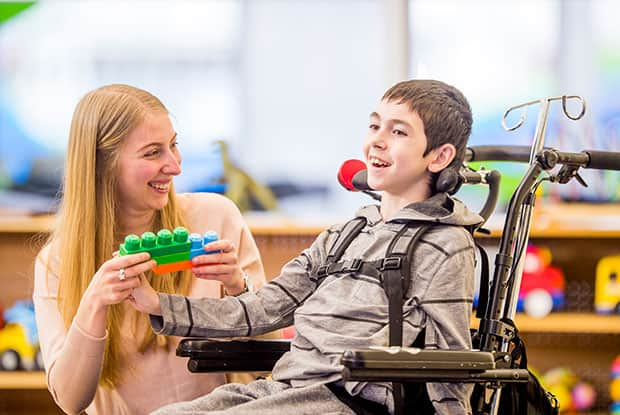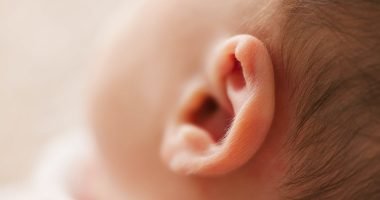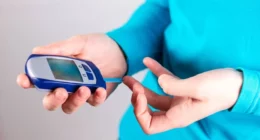How To Take Care Of A Cerebral Palsy Child? –  Try these three parenting tips to deal with your cerebral palsy child
Try these three parenting tips to deal with your cerebral palsy child
Embracing life with Cerebral Palsy: Cerebral Palsy impacts each child differently. However, with focused therapy, the condition can be addressed. Here is how you can make a difference by normalizing the state if your child is diagnosed with cerebral palsy. Coping with dear one/s suffering from Cerebral Palsy (CP) can be taxing for many as the condition makes them dependent on even basic activities that a healthy human being can perform without hesitation. However, we certainly don’t know about the efforts that they are making to make the situation as usual as possible in the layman’s eye. Hence, creating an inclusive environment for them is what we must focus on.
But, before we make the world a better place for them, let’s try to understand the condition, how it occurs, and much more. Cerebral Palsy (CP) affects muscle tone, movement, and coordination due to a disorder with the brain lacking to send proper messages to muscles about how to move in a smooth or well-coordinated manner. CP can also affect breathing, bladder and bowel control, eating, and talking.
Children with cerebral palsy have special needs. It affects each person differently, so no two families have the same experience. For example, children with CP have problems with movement and posture. They may experience specific learning difficulties too. These may include perceptual and language challenges and can impact literacy, numeracy and other skills.
How To Care For A Baby With Cerebral Palsy?
- Be Your Child’s At-Home Therapist: Your child’s therapy time is not restricted to the medical examiner’s sessions. Be as much available as possible. Assist with ordinary activities like dressing, eating, school or work, etc. They often need help with personal hygiene (bathing, brushing teeth, bathroom assistance, etc.) Muscle training and exercises can help your child’s strength, flexibility, balance, motor development and mobility. Don’t shy away from using braces or wheelchairs. Certain medicines help children to cope with muscle pain and stiffness.
- Help Your Child Broaden their World: Adverse emotional effects like withdrawal behaviour, anxiety, depression, or angry outbursts are commonly experienced due to motor impairments. Taking them to museums and making them understand the history can make them informed. Let their natural skills and hobbies surface by presenting them with art and craft projects. Let them explore music. Play games while being the companion and letting the child lead the game by inducing cognitive behaviour therapy.
- Occupational Therapy: It is essential to get them moving to the best of their ability. Being active may strengthen their powers, and it may help lead to fewer muscle spasms. In addition, active people have fewer health problems than people who never move around, so it’s a win-win situation.
Also Read: 9 Ways To Motivate A Person Suffering From Depression









